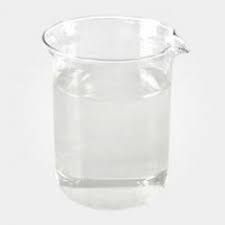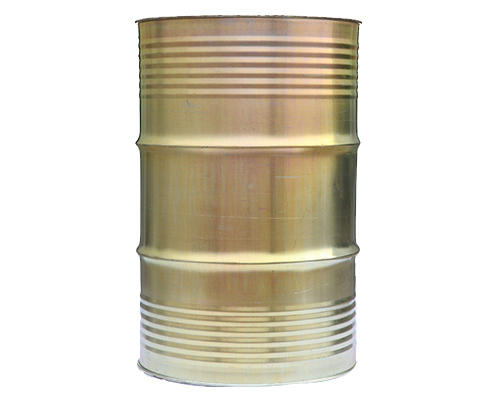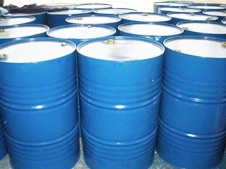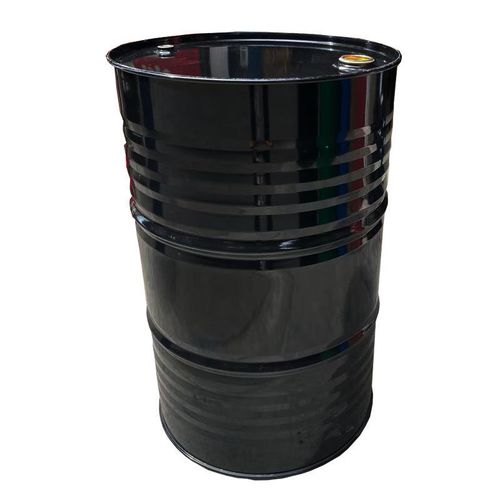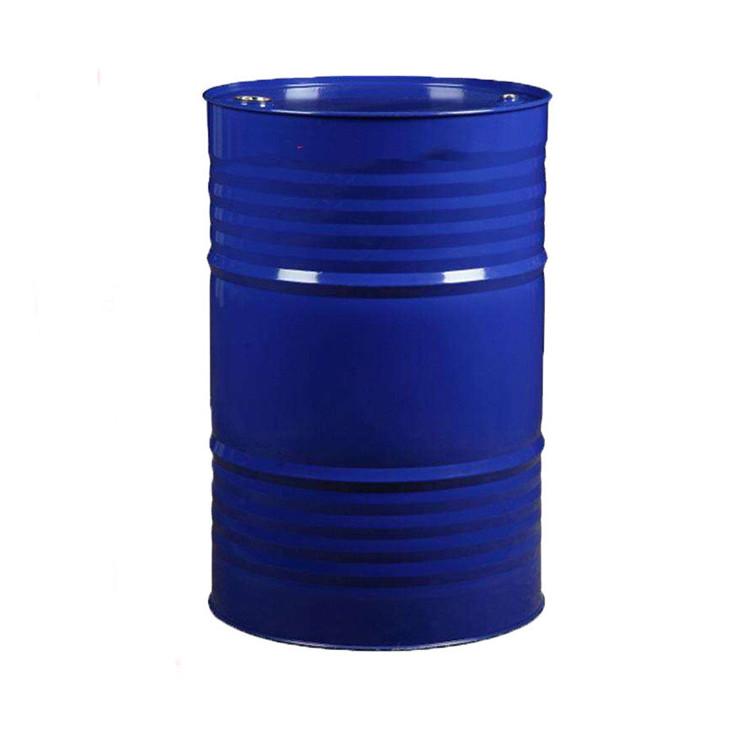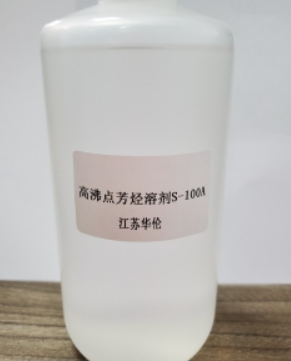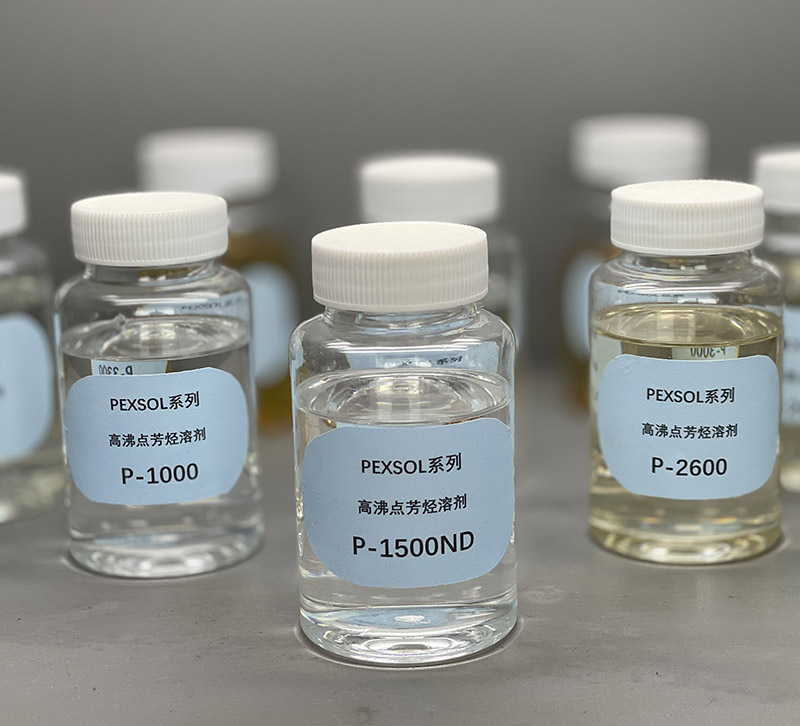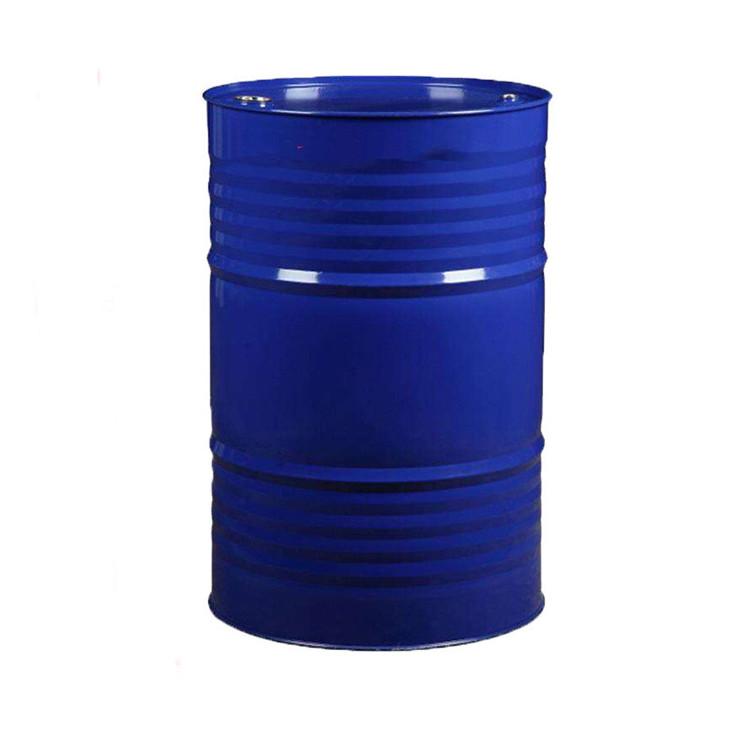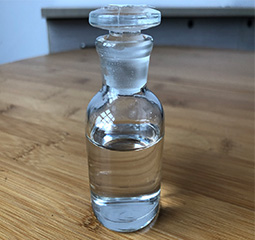CAS:623-53-0
Molecular Formula:C4H8O3
Alias
More Information
Carbonic Acid, Ethyl Methyl Ester; Carbonicacidethylestermethylester
Brief Introduction
Ethyl methyl carbonate, also known as ethyl methyl carbonate, is a colorless transparent liquid, insoluble in water and can be used for organic synthesis. It is an excellent solvent for lithium-ion battery electrolyte. It is the latest product extended with the increase of the output of dimethyl carbonate and lithium-ion battery. Because it has methyl and ethyl at the same time, it also has dimethyl carbonate Diethyl carbonate has excellent properties.
Suppliers
View More Vendors (2) >
CAS:627-93-0
Molecular Formula:C8H14O4
Alias
More Information
Hexanedioic Acid, Dimethyl Ester; Dimethyl Hexanedioate; Dimethyladipate; Adipic Acid Dimethyl Ester; DMA
Brief Introduction
It is used in organic synthesis, plasticizer, synthetic intermediate, high boiling solvent, pharmaceutical flavor, etc.
This product is mainly used in the production of powder coating curing agent (HAA) in the coating industry, as a raw material for the preparation of 1,6-hexanediol and as a raw material for pesticides and pharmaceutical intermediates. It is used as a solvent in the ink industry and as an auxiliary in the paper industry.
Suppliers
View More Vendors (2) >
CAS:64742-94-5
Molecular Formula:C9
Alias
More Information
Aromatic Solvent P-1000; Aromatic Solvent P-1500; Solvent Naphtha (Petroleum), Heavy Arom; Solvent Naphtha (Petroleum), Heavy Aromatic; Sovent Oil; Naphtha 150; Solvent Naphtha 150; Solvesso 150; Naptha 150; Solvent d40
Brief Introduction
Solvent oil is one of the five categories of petroleum products. Solvent oil is widely used. The largest amount of paint solvent oil (commonly known as paint solvent oil), followed by edible oil, printing ink, leather, pesticides, pesticides, rubber, cosmetics, spices, medicine, electronic components and other solvent oils. About 400-500 kinds of solvents are sold on the market, of which solvent oil (hydrocarbon solvents and benzene compounds) accounts for about half. Solvent oil is a complex mixture of hydrocarbons, which is very easy to burn and explode. Therefore, from production, storage and transportation to use, we must pay strict attention to prevent fire.
Suppliers
View More Vendors (2) >
CAS:64742-95-6
Molecular Formula:C6H6-C4H11
Alias
More Information
P-800; Aromatic Solvent P-800; Aromatic C9; Solvent Naphtha; Aromatic Naphtha Type I; Solvent Naphta(Petroleum), Light Aromatic; Ab-9; Light Aromatic Hydrocarbon; Solvent C9; Solvent Naphtha (Petroleum) Light arom; High-Flash Aromatic Naphtha, Type 1; Light Aromatic Solvent Naphtha; Petroleum Naphtha; Solvents
Brief Introduction
Light aromatic solvent oil is a chemical with a density of 0.96-0.99. Emulsifiable concentrate is the most basic and important formulation of pesticide formulation products. It has been welcomed by users for a long time and has occupied the first place in the pesticide sales market. In 2014, the registration of emulsifiable concentrate products accounted for about 33%.
Suppliers
View More Vendors (2) >
CAS:67-66-3
Molecular Formula:CHCl3
Alias
More Information
Tcm; Trichloromethane; Trichlormethan; Formyl Trichloride; Trichloroform; Methane Trichloride; Triclorometano; Methenyl Trichloride; Thrichloromethane; Cloroform
Brief Introduction
This product is sensitive to light. When exposed to light, it reacts with oxygen in the air and gradually decomposes into highly toxic phosgene (carbonyl chloride) and hydrogen chloride. Narcotic. There is a possibility of cancer.
Suppliers
View More Vendors (2) >
Inquiry (
10
/ 10
)
Clear All
Sign In
Error!

